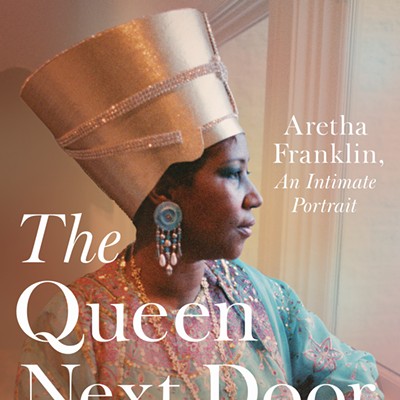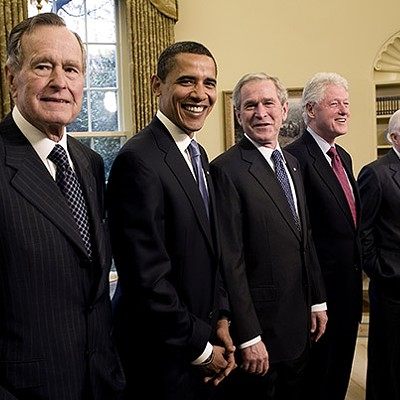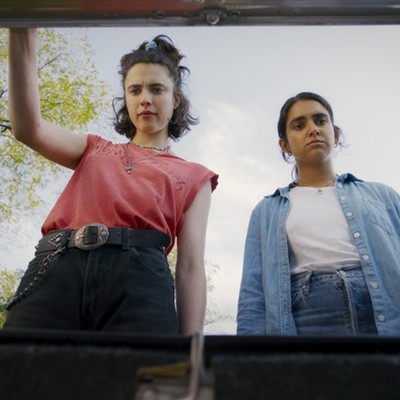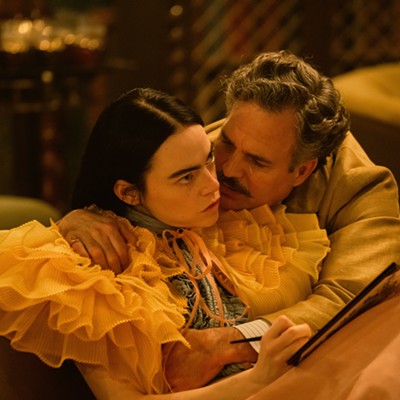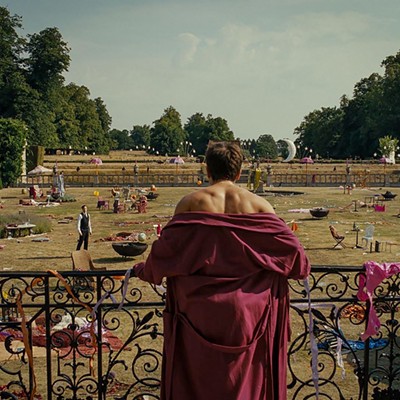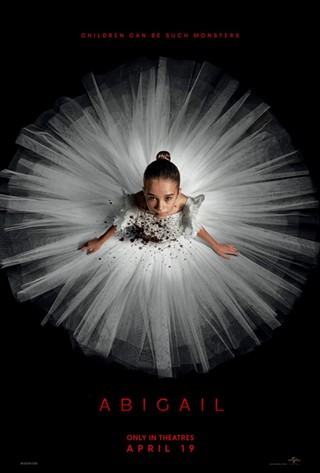How could it be that she took so many photos in her lifetime—more than 100,000, according to her archivist—and nobody ever saw what Vivian Maier was able to do with a camera? How is it possible that over the course of almost half a century her work didn't even accidentally see the light of day?
The new documentary Finding Vivian Maier reveals a unique artist from the perspectives of those who knew her best, all of whom now readily admit that maybe they never knew her at all. The story behind the archaeology began in 2007, when John Maloof bought a box of old negatives at an auction. Maloof, a real estate agent, was looking for material to use in a book about Chicago's Portage Park. Not immediately seeing what he needed, he put the box in a closet for a couple of years. When he dug it out again, he wondered about the person who took the photos, so he Googled Vivian Maier and found a recent obituary of a woman who had spent her adult life as a nanny in and around Chicago. He had missed her by just a few months.
Taking another look at the negatives, Maloof realized what he had found: Here was an amazing treasure trove of street photography and cityscapes, an incomparably good collection of candids taken by a photographer nobody had ever heard of. Because her photos wound up being auctioned when Maier was unable to pay her storage fees, Maloof went all over town to more auctions, eventually buying everything he could find with the photographer's name on it. Tens of thousands of prints and negatives, as well as hundreds of rolls of undeveloped film, were waiting to be seen.
The "finding" of Finding Vivian Maier is Maloof's own journey to learn about this mysterious artist. He eventually tracked down families she had worked for (including, for about a minute, Phil Donahue's) to build a backstory to the photos he had unearthed. Maier was a hoarder, stacking things to the ceiling, and she could be cruel to the children in her care. She was also inconsistent and guarded. Some families remember her as always having a camera with her; some don't. Some called her Viv; some were told to call her Ms. Maier. Her accent, a strange Anglo-French mix, was questioned as inauthentic. Although she claimed to be from France, Maloof dug up conflicting reports.
But why would she create a kind of alter ego? And why would a photographer this good (and one who, from her limited writings on the subject, knew she was this good) resign herself to a life of working for others? And why, too, would a photographer this good never try to show her work in a museum or even display it in her own home or tell anyone about it?
Since her story broke a few years ago, Maier's photographs have been exhibited and sold around the world. You hear plenty of Van Gogh stories about the starving artist who only gets famous posthumously, but how often does someone with this much talent come along who never tries to profit from her art?
Whether you see Finding Vivian Maier for the mystery or the gorgeous photography, it's a dazzling introduction. An introduction to what, exactly, is hard to say. Will we ever know more about Maier, about why she took all these photos that the world would never have seen if not for the curiosity of a real estate agent? Then again, does it matter? The photographs tell enough of her story as an artist, and maybe that's enough.

